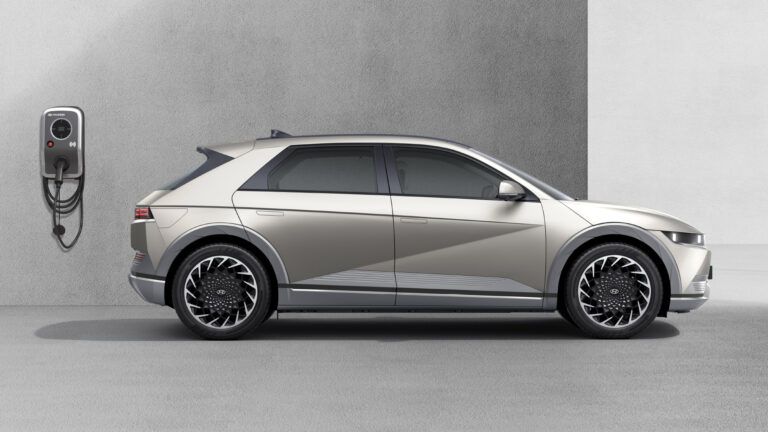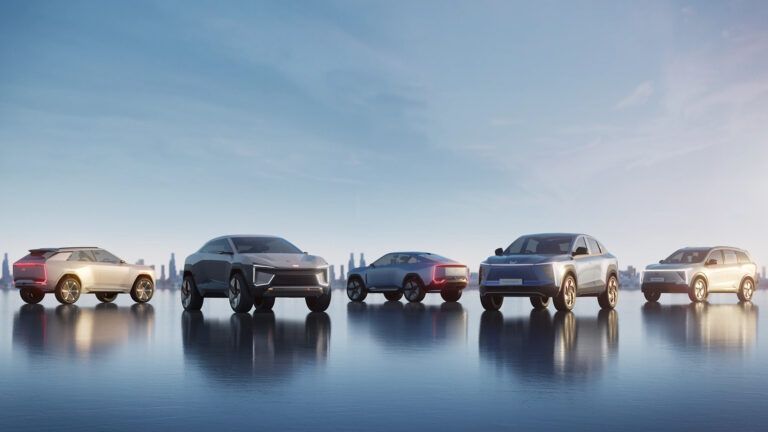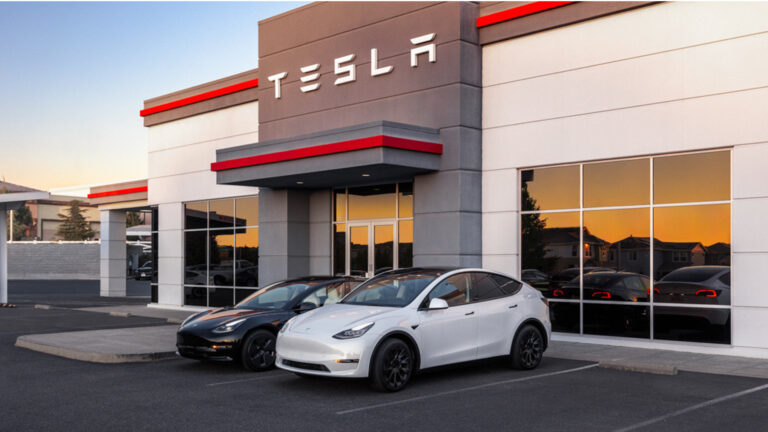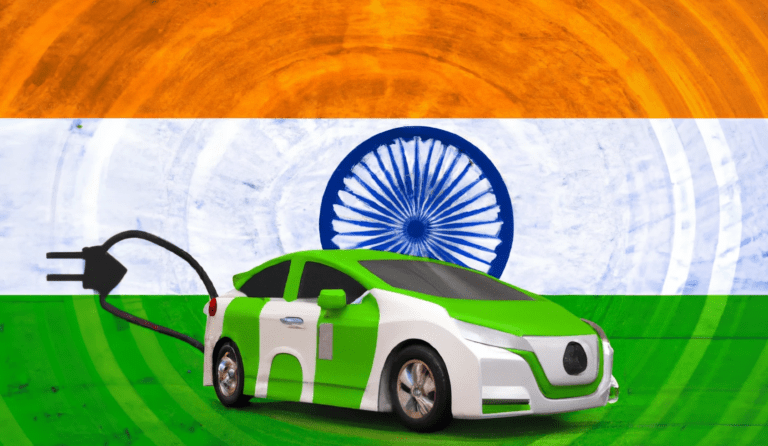Deviating from its previous stance on wireless charging, Tesla has now confirmed that it is working on a wireless inductive home charger for its electric cars. Until the recent statement confirming the efforts, the company, which is recognized for its creativity in the electric car market, had not shown much interest in wireless charging. While physically plugging in an electric car is not a difficult operation, Tesla’s change to wireless inductive charging is rooted in the company’s pursuit of a more automated and pleasant user experience, which aligns with future self-driving technologies.
Tesla, which formerly preferred an automatic robot arm for charging operations, teased a wireless home charging station earlier this year. Despite the lack of official declarations, Tesla’s lead designer, Franz von Holzhausen, acknowledged the development of inductive charging in a video discussing the Cybertruck with Jay Leno. This technology eliminates the need for consumers to physically plug in their automobiles by allowing them to drive over to a designated charging pad in their garage to begin charging.
However, enabling wireless inductive charging necessitates the use of extra components. Aside from the wall-mounted charger linked to the electrical panel, an inductive pad placed on the garage floor is required. In addition, the car requires an inductive receiver, which adds both cost and weight to the vehicle.
While this technology offers convenience, it also comes with installation hassles and increased costs, which may discourage some users. Despite this, providing wireless charging as an option resonates with Tesla’s inventive culture and caters to users desiring increased convenience, although at a higher cost and with additional installation requirements.
At last, Tesla’s effort into wireless inductive home charging signifies a significant shift in the electric car business. While the solution overcomes the inconvenience associated with manual plugging, its cost, installation challenges, and added weight on the car may restrict its broad implementation. Nonetheless, some might like the premium choice, just as we see with those using wireless chargers for their phones.








